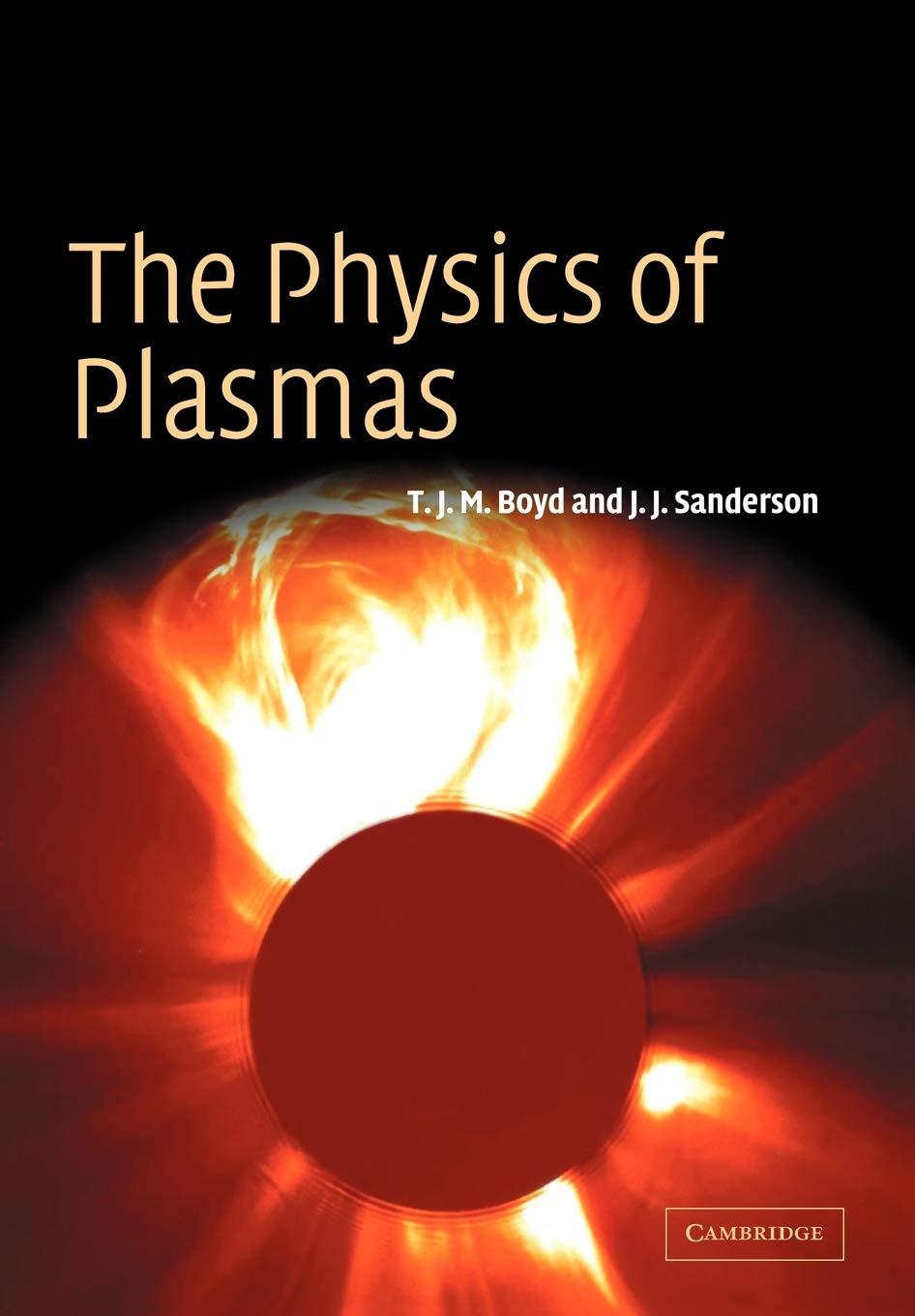In physics, a plasma is a highly ionized gas in which electrons are separated from the positively charged ions. The word “plasma” was first used by chemist Irving Langmuir to describe these gases. Plasmas are often found in astrophysical settings, such as in the sun’s atmosphere, but can also be found in man-made settings like fluorescent light bulbs and plasma televisions.
The behavior of plasmas is governed by the interplay of four forces: electrostatic force, magnetic force, viscous drag force, and pressure gradient force. These forces can be mathematically described using the equations of magnetohydrodynamics (MHD). In general, plasmas are good conductors of electricity and heat because of their high ionization levels. This property makes them useful for applications such as electrical power transmission and welding.
Plasmas are abundant in the universe and play an important role in many astrophysical phenomena. For example, stars are powered by nuclear fusion reactions that take place in their cores, where temperatures and pressures are so high that atoms are forced to fuse together into larger nuclei. This process releases energy that heats up the surrounding plasma and causes it to expand outward against gravity. The expanding plasma eventually cools down and contracts back inward under gravity, which provides the star with a source of internal energy that keeps it shining for billions of years.
In addition to powering stars, plasmas also play an important role in interstellar space travel. When astronauts journey beyond low Earth orbit (LEO), they must contend with dangerous levels of radiation from the Sun known as solar wind particles or cosmic rays. These particles consists mostly of protons travelling at high speeds (~1 million miles per hour). To protect astronauts from this radiation exposure outside LEO, spacecraft are equipped with special shields made from materials like polyethylene or aluminum that deflect or absorb incoming particles before they reach delicate human tissue .


